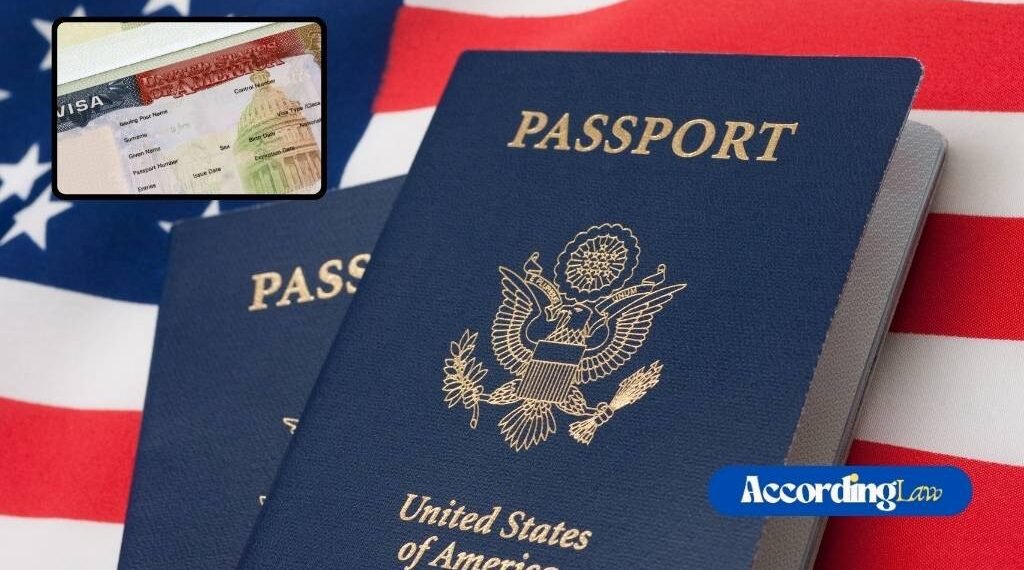If your company plans to transfer a key employee or executive to the United States, you may be considering the l1 visa, one of the most strategic non-immigrant work visa options for global businesses. Designed for intracompany transferees, the L1 visa allows foreign employees to work at a U.S. branch, subsidiary, affiliate, or parent company.
In this article, we’ll break down everything you need to know about the L1 visa, including eligibility, types (L1A and L1B), the application process, extensions, transitioning to a Green Card, and legal tips to boost your approval odds.
Table of Contents
What Is the L1 Visa?
The L1 visa is a non-immigrant work visa granted to employees of international companies who are being transferred to the U.S. The visa is especially valuable for expanding businesses and multinational organizations seeking to open offices or reinforce operations in the United States.
There are two main types:
Who Qualifies for an L1 Visa?
To be eligible for an L1 visa, the applicant must:
The U.S. and foreign offices must maintain a qualifying corporate relationship, and both must be actively conducting business.
L1A vs L1B: What’s the Difference?
L1A Visa: For Executives and Managers
L1B Visa: For Specialized Knowledge Employees
Application Process
Here’s a step-by-step breakdown of how to apply for an L1 visa:
Step 1: File Form I-129
The U.S. employer must file Form I-129 (Petition for Nonimmigrant Worker) with USCIS, along with the L supplement and all supporting documentation.
Step 2: USCIS Processing
Once USCIS approves the petition, the applicant receives an approval notice (Form I-797).
Step 3: Consular Processing or Change of Status
Step 4: Entering the U.S.
Once the visa is issued, the employee can travel to the U.S. and begin working at the U.S. company office.
L1 Blanket Petitions
For large companies that frequently transfer employees, the L1 blanket petition offers a streamlined process. Once the blanket petition is approved, individual employees can apply directly at the U.S. consulate, eliminating the need to file separate I-129 petitions for each case.
Eligibility for the blanket petition requires:
Can You Get a Green Card Through L1 Visa?
Yes, especially for L1A visa holders. This is one of the biggest advantages of the L1 visa over others like H1B.
L1A to Green Card (EB-1C)
L1B to Green Card
Spouse and Children: L2 Visa Benefits
L1 visa holders can bring their spouse and unmarried children (under 21) under L2 dependent visas.
L1 Visa Validity and Extension
Important: Time spent outside the U.S. doesn’t count toward the max stay; travel records can help extend time in status.
Common Challenges and How to Overcome Them
Working with an immigration lawyer can help avoid denials and RFEs by preparing airtight documentation from the start.
Example Case: Tech Startup Expansion
Case: A Turkish tech startup opened a Delaware subsidiary to enter the U.S. market. The CEO filed for an L1A to manage U.S. operations.
Challenges:
Outcome:
Final Thoughts
The l1 visa is a powerful tool for international companies to bring talent to the U.S. Whether you’re launching a new office or scaling operations, this visa streamlines intracompany transfers and offers a direct route to permanent residency, especially for executives and managers.
However, eligibility is strict, documentation is complex, and denials are on the rise. That’s why working with an experienced immigration lawyer like Kulen Law Firm can make the difference between approval and delay.


